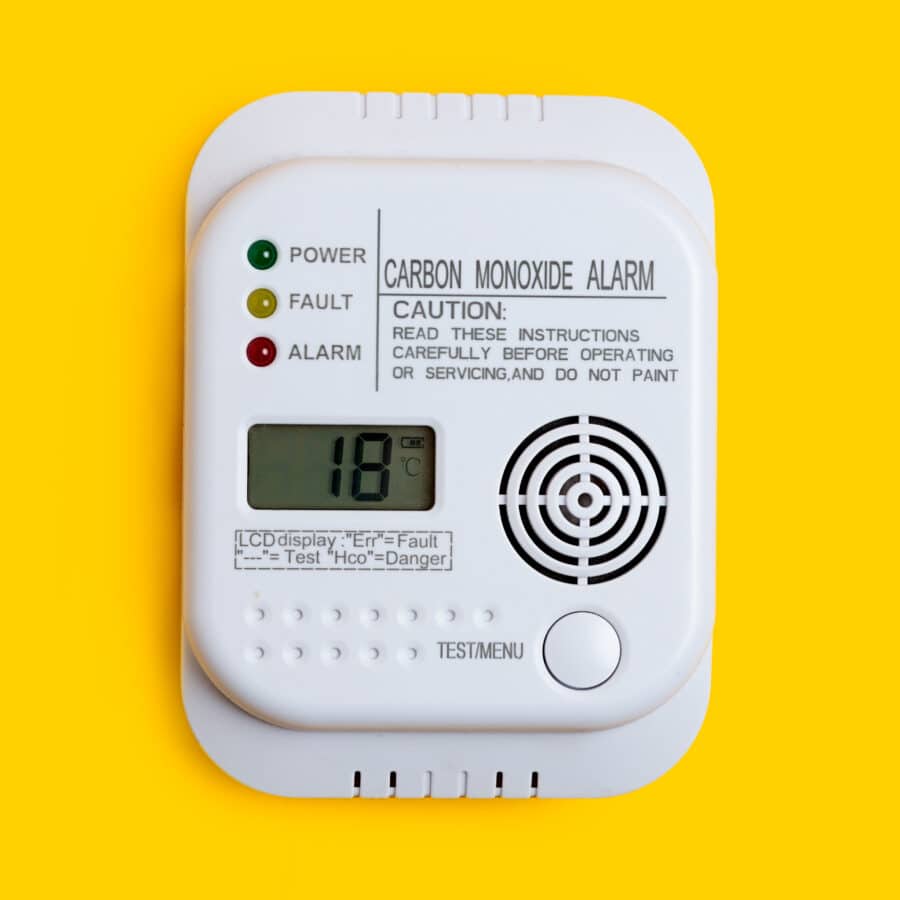Odorless and colorless, carbon monoxide can silently seep into houses, offices and apartment buildings and wreak damage slowly or suddenly. Either way, victims are left with brain damage or even killed.
Milette Weber, an attorney with Newsome Melton with a specialty in carbon monoxide poisoning cases, has handled suits involving slow buildup and those with devastating sudden impact. The common thread is often an appliance like a boiler that is not well maintained, causing carbon monoxide to not be efficiently burned during the combustion process.
At a Wisconsin office building, for instance, workers were feeling ill, having memory issues, even struggling for air when they stood up. They had no idea that the 35-year-old boiler in the basement was rusting, so the deadly gas was building up gradually in the building that was sealed tight against Wisconsin winters.
One morning, an employee at a military recruiting office arrived at work to hear the carbon monoxide monitor going off. Soon the fire department was evacuating everyone.
When Weber took depositions in the case later, she heard tales of personality changes brought on by two winters of exposure, communication deficits in workers and memory struggles so bad one worker talked of not being able to remember how to get home from the grocery store a few miles away.
Four of the workers were permanently disabled.
“It’s a brain injury,” Weber said. “Your body is asphyxiated for a long period of time.”
Weber has also handled acute exposure cases. At a three-story apartment building in Tallahassee, a maintenance technician worked on the boiler but forgot to reattach its venting at the end of the day. Attentive emergency room workers put the puzzle together when several different tenants came in with flu symptoms that night and were found to have carbon monoxide exposure. The doctors dispatched the fire department, which found a woman and her 6-month-old son passed out in their apartment next to the boiler room. When Weber handled the case later, the boy was a 5-year-old who couldn’t talk and would never be able to take care of himself, because of the poisoning.
Buildings from the 1980s boom times are now hitting the stage when appliances are going bad, emitting carbon monoxide fumes if they aren’t properly maintained. In addition to boilers, leakages can occur with water heaters, dryers, fireplaces and generators.
Weber worries the pandemic may lead to an uptick in poisonings if property owners aren’t keeping up with maintenance either because they are struggling financially or because of social distancing.
Each year, an average 439 people die and 27,500 are injured by carbon monoxide.
Carbon monoxide poisoning lawsuits are often expensive and complicated because there can be multiple defendants, such as building owners, property managers and appliance services. With long-term exposure, figuring out how the statute of limitations applies can be difficult. But victims need the financial help they can get from suits to pay medical bills and recoup what they have lost from not being able to work, Weber said. (The annual cost of carbon monoxide poisoning is about $1.3 billion per year in medical costs and lost wages.)
Weber remembers one client who had to make a list just to take a shower: get wet, wash hair, use cream rinse….
“The whole world changes,” Weber said. “Just a simple errand to go somewhere can be difficult. You lose your train of thought. You get lost. You have difficult staying in a conversation and staying focused.”
If you have questions about this topic or need assistance filing a carbon monoxide claim, Newsome Melton can help. Contact us at 1-888-380-2809.


